PPT-Saving lives and money in the suburbs
Author : natalia-silvester | Published Date : 2019-12-21
Saving lives and money in the suburbs What are the health and health economic impacts of a ctive t ransport and c ar use in Melbourne Margaret Beavis MBBS FRACGP
Presentation Embed Code
Download Presentation
Download Presentation The PPT/PDF document "Saving lives and money in the suburbs" is the property of its rightful owner. Permission is granted to download and print the materials on this website for personal, non-commercial use only, and to display it on your personal computer provided you do not modify the materials and that you retain all copyright notices contained in the materials. By downloading content from our website, you accept the terms of this agreement.
Saving lives and money in the suburbs: Transcript
Download Rules Of Document
"Saving lives and money in the suburbs"The content belongs to its owner. You may download and print it for personal use, without modification, and keep all copyright notices. By downloading, you agree to these terms.
Related Documents

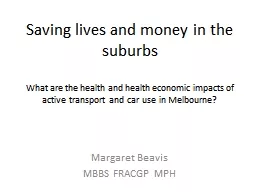
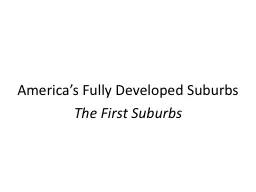

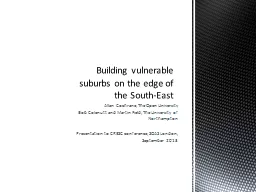
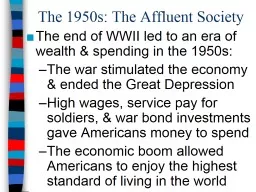
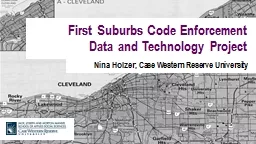


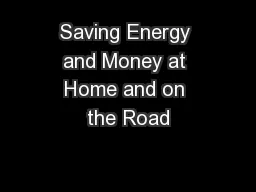



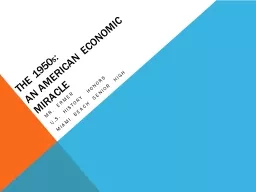
![READ [PDF] Evidence of Love: A True Story of Passion and Death in the Suburbs](https://thumbs.docslides.com/1020298/read-pdf-evidence-of-love-a-true-story-of-passion-and-death-in-the-suburbs.jpg)